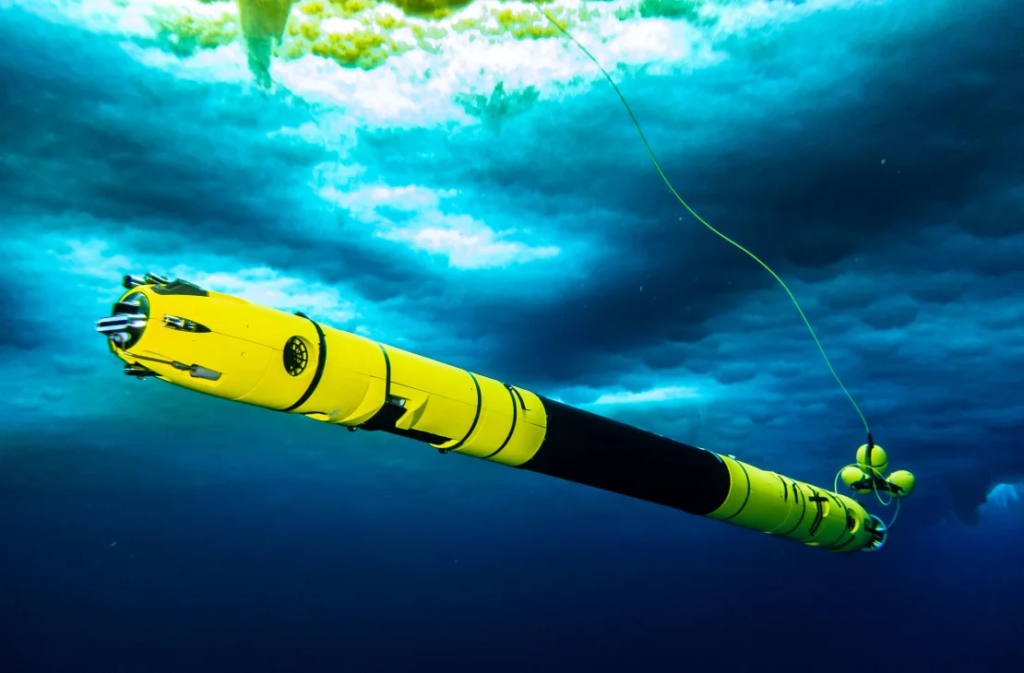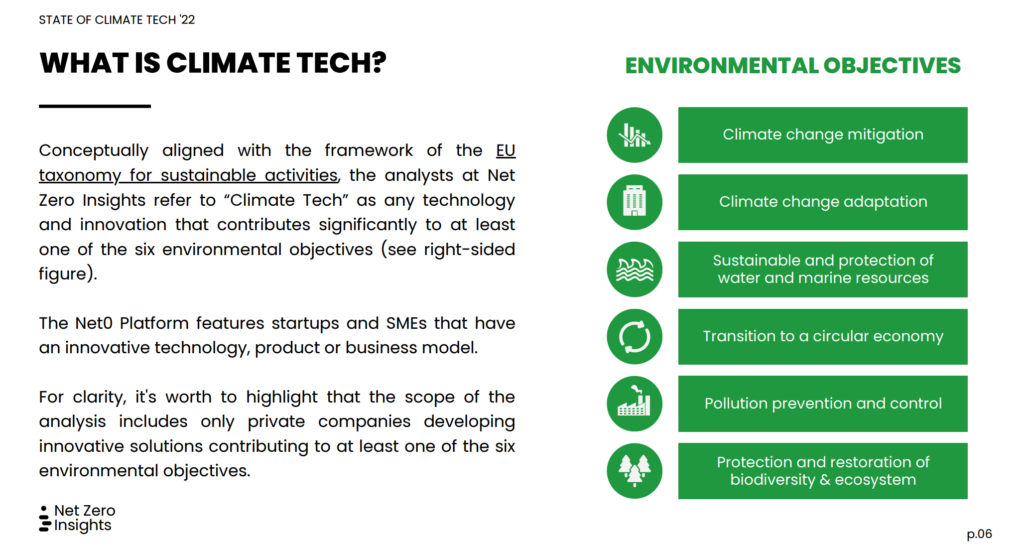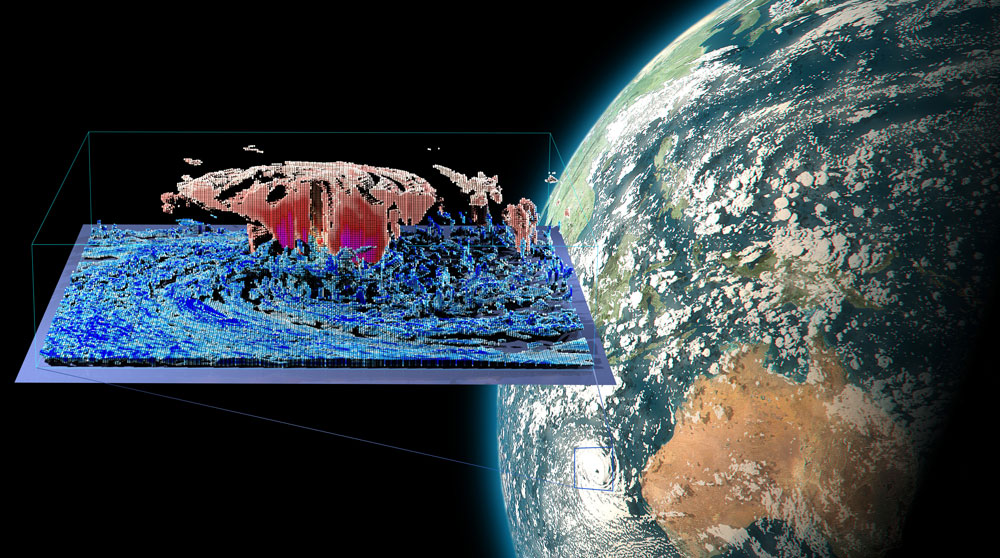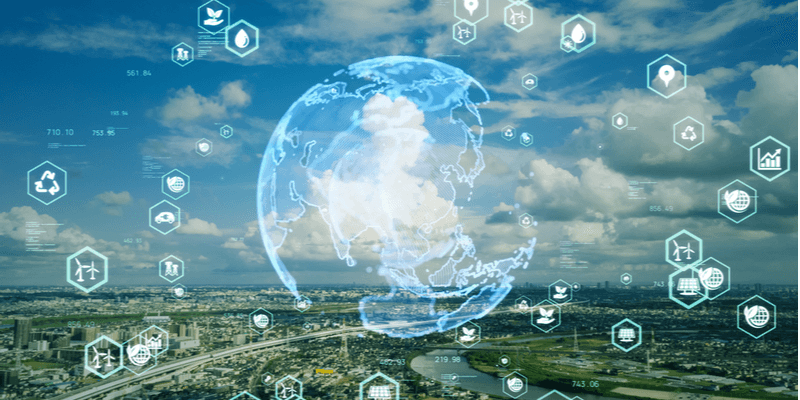Advancements in technology are providing scientists with new tools to study glaciers and extreme climate events, shedding light on the potential risks they pose to the planet. Recent research into the Thwaites Glacier, often called the “Doomsday Glacier,” and the Greenland mega-tsunami has brought fresh insights into the dangers of rising sea levels and massive natural disasters. With tools like underwater robots and seismic monitoring, scientists are unraveling mysteries and understanding the impact of climate change more deeply.
What’s Happening & Why This Matters
Thwaites Glacier: The “Doomsday Glacier”
In Antarctica, the Thwaites Glacier has been the subject of intense study since 2018. Known for its size and vulnerability, this glacier has the potential to drastically raise global sea levels. Scientists from the International Thwaites Glacier Collaboration (ITGC) have been using a variety of cutting-edge tools, including ice-breaking ships and a robotic probe called Icefin, to monitor the glacier’s retreat. Their findings indicate that Thwaites is melting at an accelerating rate, which could lead to a collapse within the next 200 years. This could cause sea levels to rise by over 10 feet, threatening coastal cities around the world.
Thwaites acts as a natural barrier, holding back large portions of the Antarctic ice sheet. Should it collapse, it could trigger a chain reaction, allowing vast amounts of ice to melt into the ocean. While there is still much uncertainty, one thing is clear: the situation is urgent, and the consequences could be devastating.

Credit: Rob Robbins/ITGC/CNN.
Technological advancements, such as satellite data and underwater exploration tools, have revealed that warm ocean water is funneling through cracks in the glacier, accelerating its retreat. These findings have provided a clearer picture of what’s happening beneath the ice and how it might evolve in the future.
The Greenland Mega-Tsunami
In 2022, a massive glacier melt in Greenland triggered a 650-foot-high mega-tsunami, shaking scientists around the world. Initially, researchers were puzzled by a strange vibration that persisted for nine days following the event. Seismologists from multiple countries worked together to trace the cause, eventually concluding that the tsunami, triggered by a melting glacier and subsequent landslide, created the unprecedented seismic signals.
This phenomenon, known as a “seiche,” involved the waves trapped within a narrow fjord sloshing back and forth like water in a bathtub. The rhythmic movement of the waves generated the strange, long-lasting vibration that seismologists detected across the planet.
While no one was harmed in the Greenland event, it serves as a stark warning. As the Arctic continues to warm, landslide-triggered mega-tsunamis could become more frequent. Scientists fear that such events could devastate areas not only in Greenland but also in other regions with similar geological features, such as Alaska, Canada, and Norway.
The Role of Technology in Understanding Climate Events
The role of technology in uncovering these phenomena has been transformative. Underwater robots like Icefin have allowed scientists to gather data from previously unreachable areas, while satellites and seismic monitoring have enabled real-time tracking of events like the Greenland tsunami. These technologies are helping researchers to better predict future disasters and to understand how rapidly the planet is changing.

Kiya Riverman, a glaciologist involved in the Thwaites Glacier study, described the moment Icefin sent back footage from beneath the glacier as groundbreaking. “It was emotional,” she said. “We were seeing this place for the first time.” Her statement captures the importance of these new technological breakthroughs, which allow us to study the planet’s most remote and vulnerable regions.

TF Summary: What’s Next?
The ongoing research into glaciers and mega-tsunamis shows the pressing need for continued technological innovation to study climate change. These findings express the urgency of addressing global warming, particularly in the Arctic and Antarctic regions. As scientists gather more data and refine modeling, TF foresees a better understanding of these phenomena and their impacts on the planet. However, without measured action to reduce emissions, the risks posed by melting glaciers and mega-tsunamis only grows. The discoveries made so far portray the dramatic changes Earth is undergoing.


